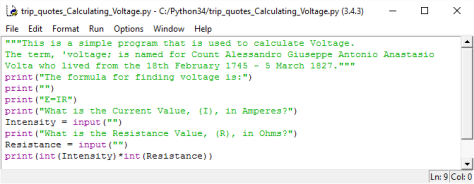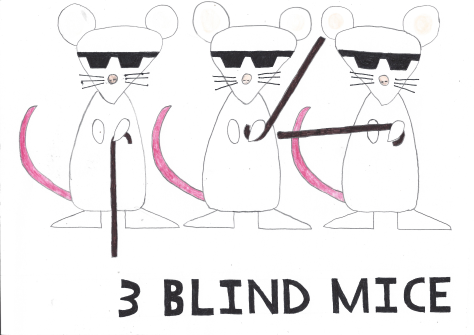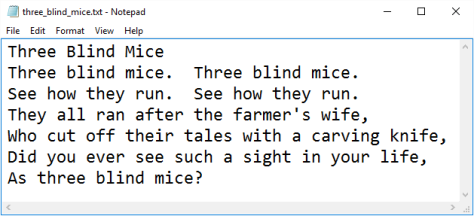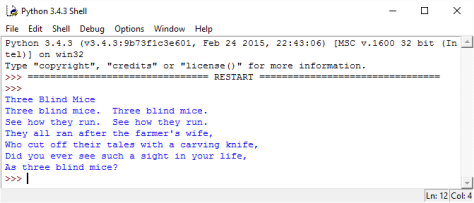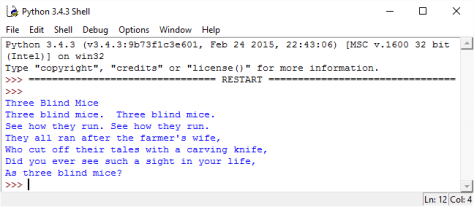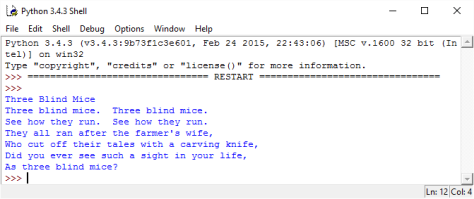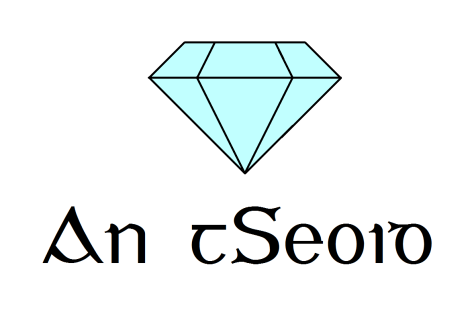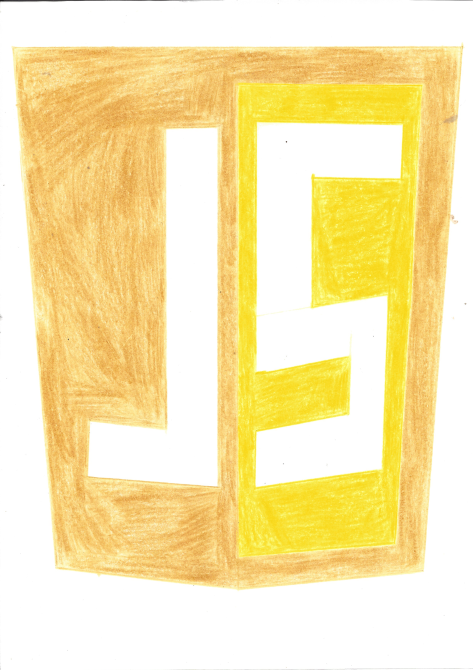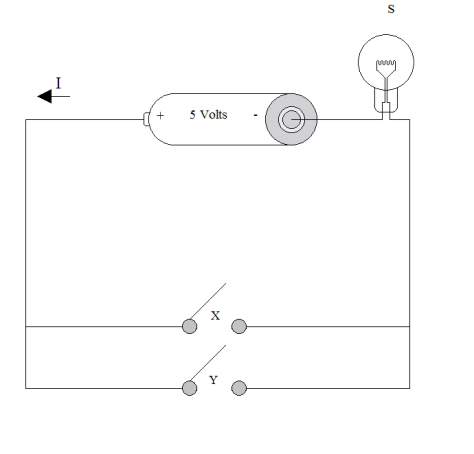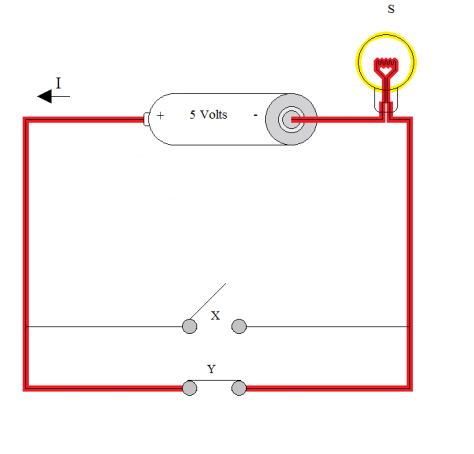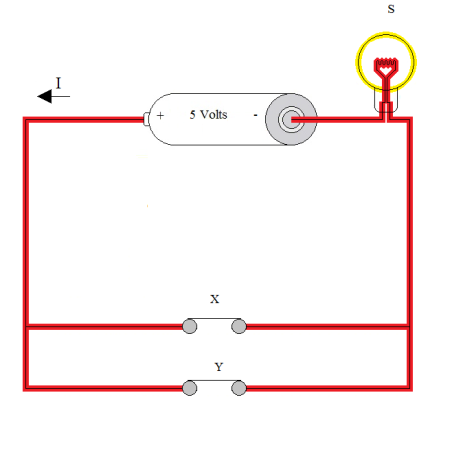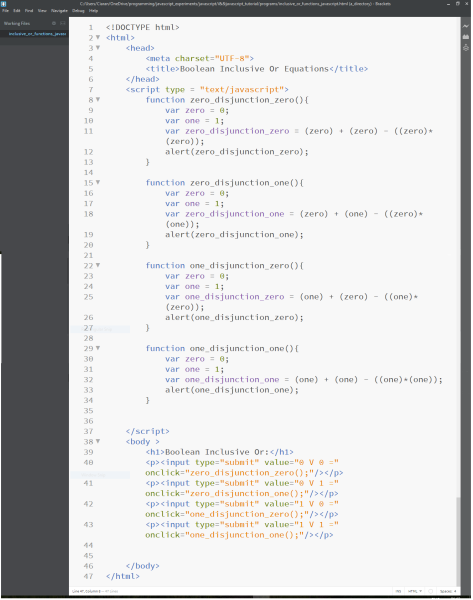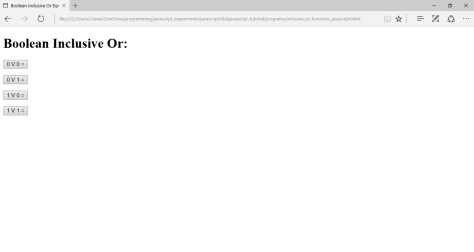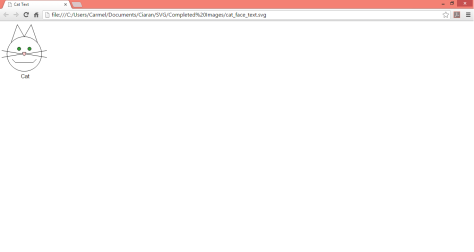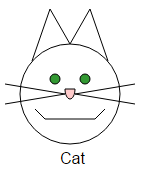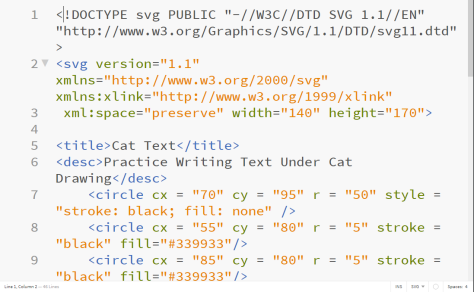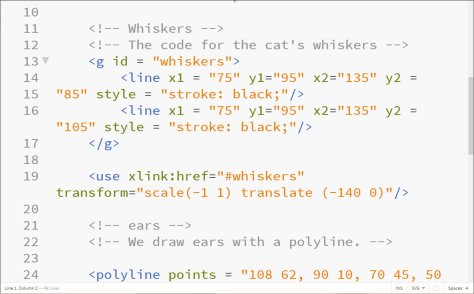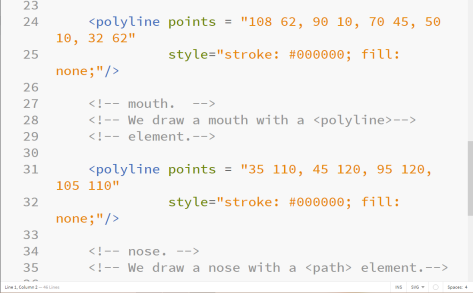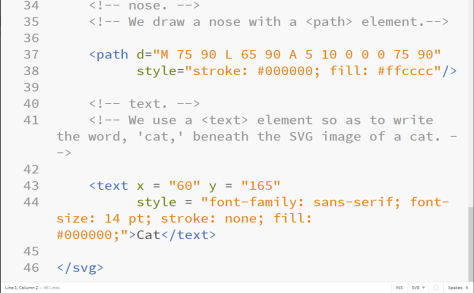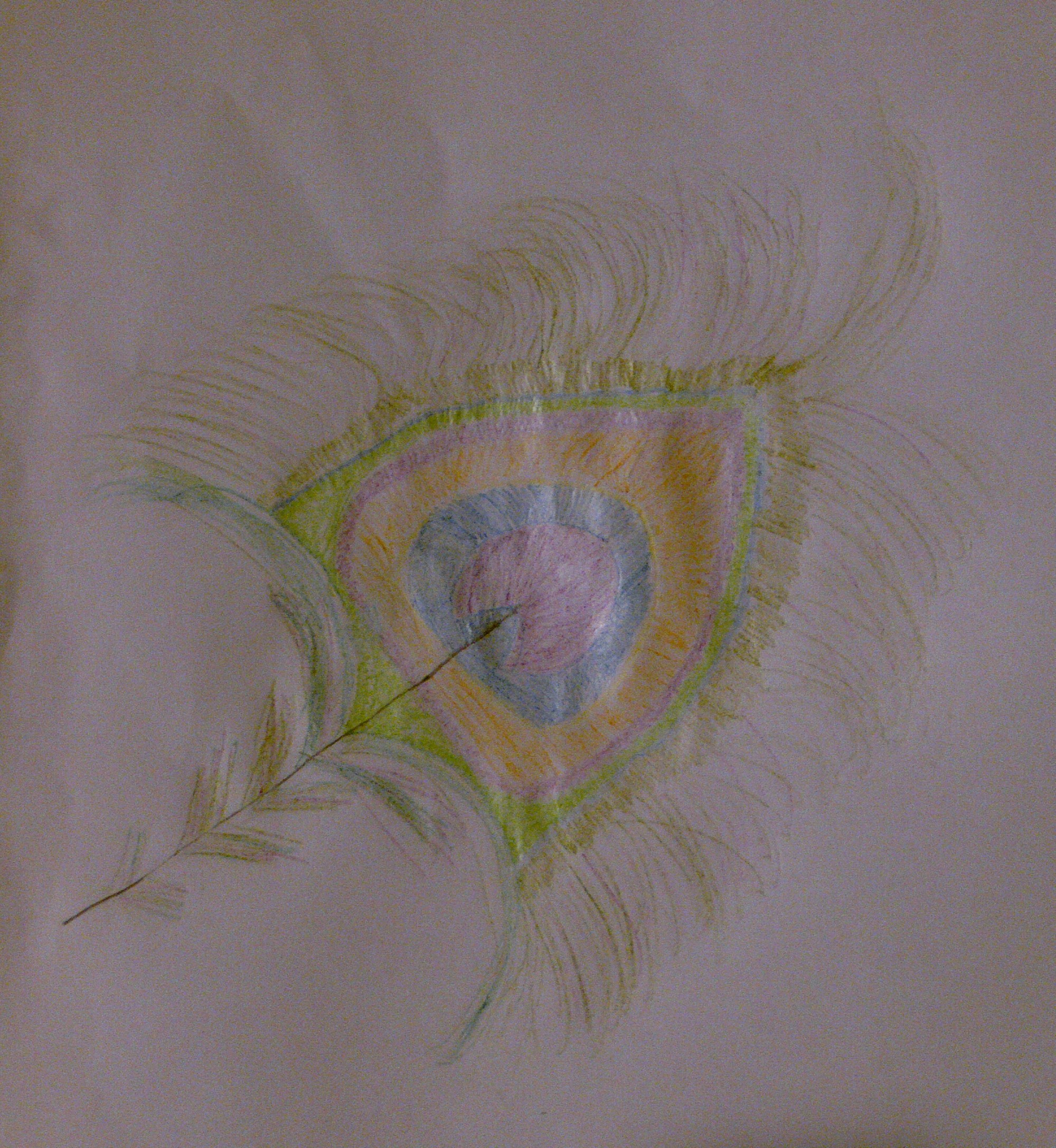Link To Pdf:
Below is a Link to a pdf version of this web post:
Formatting Numbers in Python
Formatting Numbers in Python.

Figure 1: I have 7 cats.
The table below shows us different ways that we may format a number in Python. In this instance, I have chosen the number, 7.
|
Syntax:
|
Output:
|
| print(“I have {0:d} cats”.format(7,6,5,4)) |
I have 7 cats |
| print(“I have {0:3d} cats”.format(7,6,5,4)) |
I have 7 cats |
| print(“I have {0:03d} cats”.format(7,6,5,4)) |
I have 007 cats |
| print(“I have {0:f} cats”.format(7,6,5,4)) |
I have 7.000000 cats |
| print(“I have {0:.2f} cats”.format(7,6,5,4)) |
I have 7.00 cats |
I will take every entry of the above table, individually, and shall explain what is going on.
-
print (“I have {0:d} cats”.format(7,6,5,4))

Figure 2: The contents of the chain parenthesis analysed.
In the above command, we specify, to python, that we wish to format the zeroth1 number-element in the listed sequence:
(7,6,5,4)
.
This is what the:
0
part of:
{0:d}
is for.
In this instance the zeroth number-element in the listed sequence is:
7
.
Therefore, it will be the number, 7, that will be formatted and printed by Python.
We use a
d
in the chain parenthesis, to let Python know that we wish to format the number:
7
as an ordinary decimal number.
When we give the command:
>>> print(“I have {0:d} cats”.format(7,6,5,4))
to Python, Python outputs:
I have 7 cats
.
Below are examples of what occurs when we give formatting commands such as these to a Python Interactive Window:

Figure 3: In the above example, we, systematically, format all of the number-elements in the sequence: (7,6,5,4). We do this by altering the value of the number before the colon in the chain parenthesis.
-
print (“I have {0:3d} cats”.format(7,6,5,4))

Figure 4: The contents of the chain parenthesis analysed.
In the above command, we specify, to python, that we wish to format the zeroth number-element in the listed sequence:
(7,6,5,4)
.
This is what the
0
part of:
{0:3d}
is for.
In this instance the zeroth number-element in the listed sequence is:
7
.
Therefore, it will be the number, 7, that will be formatted and printed by Python.
We use a
d
in the chain parenthesis, to let Python know that we wish to format the number:
7
as an ordinary decimal number.
The
3
character tells python that we wish the decimal number, i.e. 7, to be the third character after leading2 characters. As we do not specify what form that we wish for these leading characters to take, then:
7
will be the third character after two leading spaces.
When we give the command:
>>> print(“I have {0:3d} cats”.format(7,6,5,4))
to Python, Python outputs:
I have 7 cats
.
Below are examples of what occurs when we give formatting commands such as these to a Python Interactive Window:

Figure 5: In the above example, we, systematically, format all of the number-elements in the sequence: (7,6,5,4). We do this by altering the value of the number before the colon in the chain parenthesis.
-
print (“I have {0:03d} cats”.format(7,6,5,4))

Figure 6: The contents of the chain parenthesis analysed.
In the above command, we specify, to python, that we wish to format the zeroth number-element in the listed sequence:
(7,6,5,4)
.
This is what the
0
part of:
{0:03d}
is for.
In this instance the zeroth number-element in the listed sequence is:
7
.
Therefore, it will be the number, 7, that will be formatted and printed by Python.
We use a
d
in the chain parenthesis, to let Python know that we wish to format the number:
7
as an ordinary decimal number.
The
3
character tells python that we wish the decimal number, i.e. 7, to be the third character after leading characters3.
The:
0
prior to the:
3
and following the:
:
in:
{0:03d}
signifies the leading character:
zero
.
Therefore:
7
will be the third character after two leading zeros.
When we give the command:
>>> print(“I have {0:03d} cats”.format(7,6,5,4))
to Python, Python outputs:
I have 007 cats
.
Below are examples of what occurs when we give formatting commands such as these to a Python Interactive Window:

Figure 7: In the above example, we, systematically, format all of the number-elements in the sequence: (7,6,5,4). We do this by altering the value of the number before the colon in the chain parenthesis.
-
print (“I have {0:f} cats”.format(7,6,5,4))

Figure 8: The contents of the chain parenthesis analysed.
In the above command, we specify, to python, that we wish to format the zeroth number-element in the listed sequence:
(7,6,5,4)
.
This is what the
0
part of:
{0:f}
is for.
In this instance the zeroth number-element in the listed sequence is:
7
.
Therefore, it will be the number, 7, that will be formatted and printed by Python.
We use an:
f
in the chain parenthesis, to let Python know that we wish to format the number:
7
as a floating-point number4.
When we give the command:
>>> print(“I have {0:f} cats”.format(7,6,5,4))
to Python, Python outputs:
I have 7.000000 cats
.
As we can see, the number,
7,
its being a float is followed by a decimal point and six trailing zeros.
Below are examples of what occurs when we give formatting commands such as these to a Python Interactive Window:

Figure 9: In the above example, we, systematically, format all of the number-elements in the sequence: (7,6,5,4). We do this by altering the value of the number before the colon in the chain parenthesis.
-
print (“I have {0:.2f} cats”.format(7,6,5,4))

Figure 10: The contents of the chain parenthesis analysed.
In the above command, we specify, to python, that we wish to format the zeroth number-element in the listed sequence:
(7,6,5,4)
.
This is what the
0
part of:
{0:.2f}
is for.
In this instance the zeroth number-element in the listed sequence is:
7
.
Therefore, it will be the number, 7, that will be formatted and printed by Python.
We use a
f
in the chain parenthesis, to let Python know that we wish to format the number:
7
as a float.
The
.2
characters tell python that we wish the floating-point number, i.e. 7, to be followed, after a decimal point, by two trailing characters, in this instance, zeros.
When we give the command:
>>> print(“I have {0:.2f} cats”.format(7,6,5,4))
to Python, Python outputs:
I have 7.00 cats
.
As we can see, from the above example, the number:
7
, is now followed by a decimal point and two trailing zeros, as per our command.
Below are examples of what occurs when we give formatting commands such as these to a Python Interactive Window:

Figure 11: In the above example, we, systematically, format all of the number-elements in the sequence: (7,6,5,4). We do this by altering the value of the number before the colon in the chain parenthesis.

Figure 12: In this instance, the characters that trail after the decimal point are significant, i.e. not zero. Python rounds up 7.76543 to 7.77.
1 In programing, it is conventional to begin counting beginning at 0, not beginning at 1. Therefore, zeroth, or 0th, is an ordinal number. Hence: Zeroth, First, second … Hence: 0th, 1st, 2nd …
2 In Mathematics, the two zeros that precede the number, 7, in a number such as: 007 , are termed ‘leading zeros.’ In Mathematics, the two zeros that follow a number such as: 0.700 , are termed ‘trailing zeros.’
3 In Mathematics, the two zeros that precede the number, 7, in a number such as: 007 , are termed ‘leading zeros.’ In Mathematics, the two zeros that follow a number such as: 0.700 , are termed ‘trailing zeros.’
4 In programming, this is generally termed: ‘float.’






